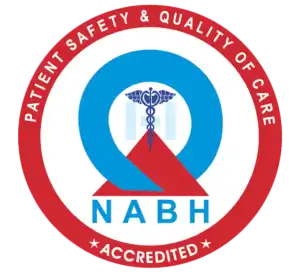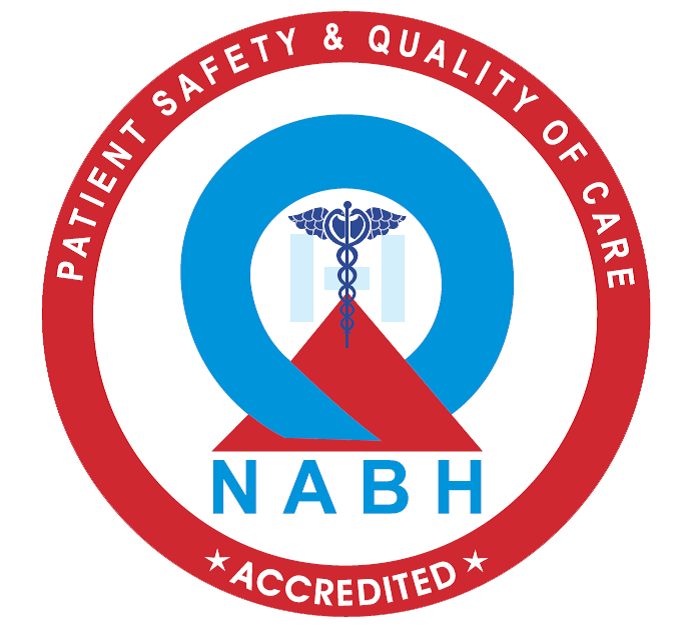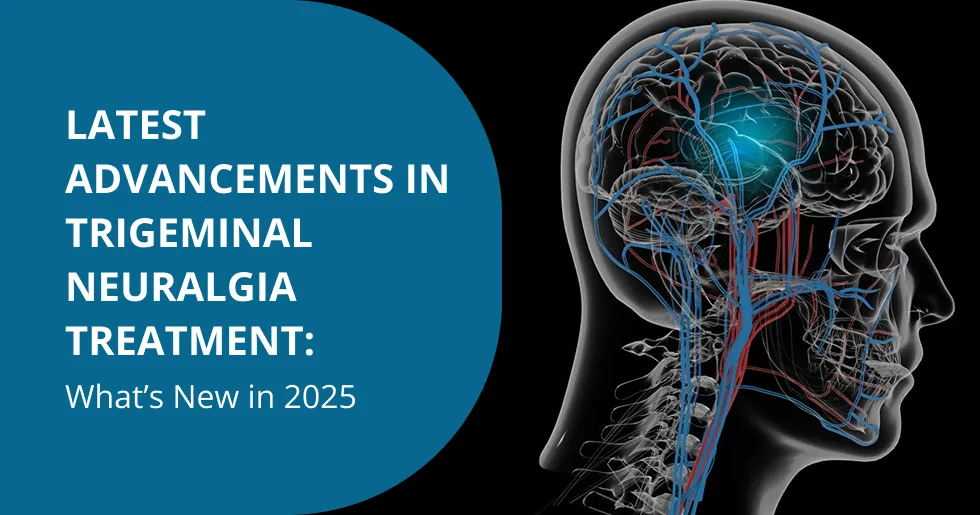Living with trigeminal neuralgia can seem like being trapped in a cycle of uncertainty and pain. Characterised by sudden, stabbing sensations in the face, this neurological disorder is distressing both physically and emotionally. For years, patients have relied on conventional medications and invasive procedures that often come with heavy side effects and unpredictable results. But with 2025 there arrives a new era—an age of medical progress steered by precision, personalisation, and a strong focus on non-surgical alternatives.
This year’s developments in trigeminal neuralgia treatment show a dramatic shift towards safer, less invasive, and more effective solutions. Whether recently diagnosed or managing this condition for years, 2025 brings new hope.
Understanding Why We Need New Treatments
Conventional methods, such as surgical procedures and extended medication may bring significant reassurance but often come with their own set of challenges—such as the chance of nerve damage, a slow and taxing recovery process, and dependency.
This is precisely why newer approaches are gaining ground. The advancements in trigeminal neuralgia treatment are precision-focused, minimally invasive, and biological therapies that reduce pain and promote healing.
Medical researchers are working on nerve excitability regulation without disrupting the entire nervous system. This is a major leap forward for people who have long had to choose between unbearable pain and problematic treatments.
Latest Medications and Drug Therapies (2025 Updates)
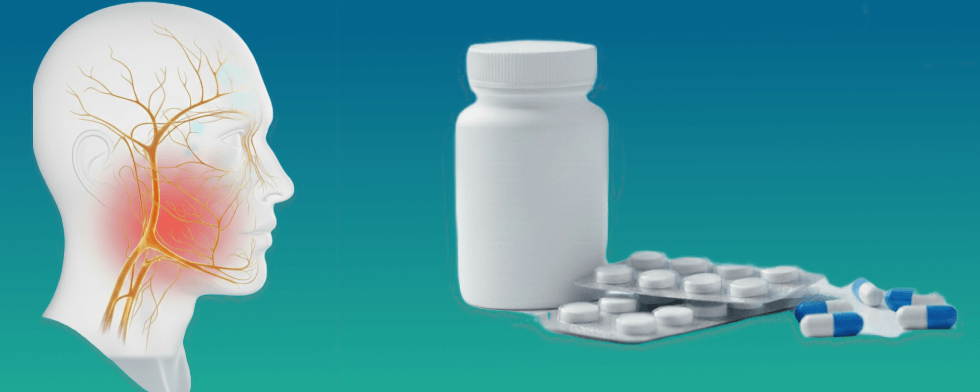
The pharmaceutical industry has seen several breakthroughs in 2025 for trigeminal neuralgia latest medication developments that offer superior efficacy without the taxing side effects associated with traditional anticonvulsants.
A new generation of selective sodium channel blockers is what stands out in 2025. Unlike their older counterparts, these medications target the specific channels involved in abnormal pain signalling, without affecting healthy nerves. This means fewer issues like dizziness or memory fog.
The introduction of topical nerve stabilisers also needs to be noted. These patches or creams are applied externally to facial trigger zones and can reduce pain episodes without systemic impact. While they are not a total replacement for core medications, they are valuable supplementary therapies in a patient’s toolbox.
Breakthroughs in Minimally Invasive Procedures
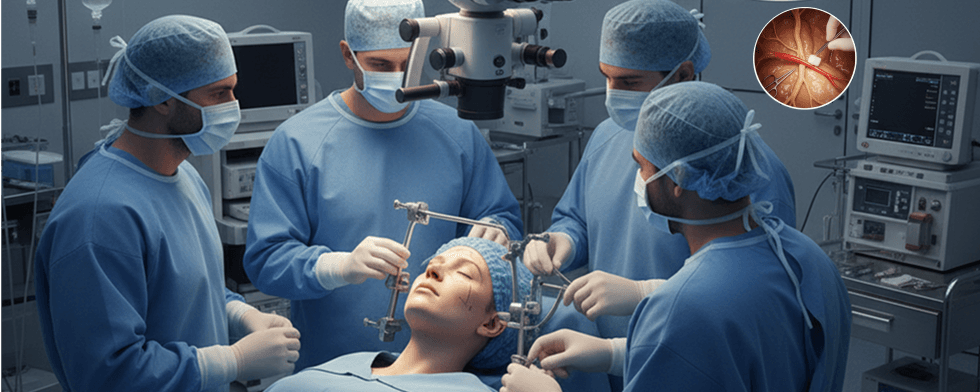
One of the most encouraging developments this year is the refinement of image-guided, minimally invasive procedures for trigeminal neuralgia treatment. The precision available through high-definition imaging and navigation systems gives remarkable outcomes with minimal trauma to the surrounding tissues.
A particularly exciting innovation is percutaneous micro-pulse nerve modulation. This technique delivers gentle, patterned impulses to the affected nerve through a thin needle guided by real-time imaging.
A notable breakthrough lies in the refined application of endoscopic decompression methods. These minimally invasive procedures present a gentler substitute to conventional open surgery for those experiencing vascular compression of the trigeminal nerve. With smaller incisions, faster healing times, and minimal scarring, this approach provides a sustainable path to relief—sidestepping the physical toll associated with more invasive surgical interventions.
Emerging Non-Invasive Therapies
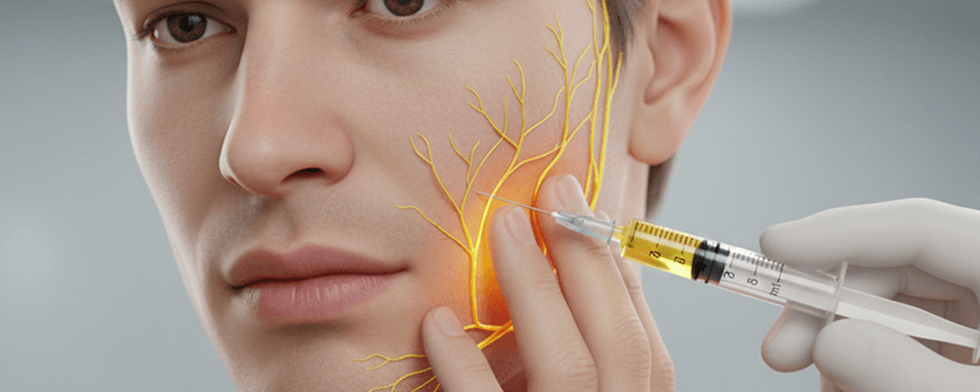
The biggest game-changer in 2025 has been the rise of non-invasive and regenerative therapies, with Platelet-Rich Plasma (PRP) therapy outshining all. PRP, which can be taken from a patient’s blood, contains powerful growth factors. When injected near the trigeminal nerve, it helps in repairing irritated nerve tissues, lowering inflammation, and healing.
PRP doesn’t mask the trigeminal neuralgia symptoms—it works at the root of the issue. Patients undergoing PRP therapy have shown gradual and everlasting reductions in pain, along with better tolerance to normal activities such as brushing teeth or speaking.
Other innovations in the non-surgical realm include the use of transcranial neuromodulation devices. These are worn externally and deliver customised waveforms that retrain the brain’s perception of facial pain. They are painless, portable, and adjustable, letting patients manage flare-ups without leaving home.
In addition, neuroplasticity-focused rehabilitation has become a core part of advanced treatment plans. With a combination of cognitive training, sensory stimulation, and visualisation techniques, patients can retrain the brain’s mapping of pain signals. This approach is especially useful in individuals with persistent or centrally sensitised symptoms.
We are seeing a turning point in the world of trigeminal neuralgia treatment. No longer confined to medications with limiting side effects or invasive operations with uncertain outcomes, patients now have access to non-surgical, targeted, and even regenerative options that were unheard of a decade ago.
PRP therapy, cutting-edge neuromodulation, and smart medications tailored to individual biology show a great transformation in pain medicine. The focus has shifted to rejuvenation, healing, and enhancing overall well-being.
If you or someone close to you is living with this condition, it’s worth exploring the options for the latest treatment for trigeminal neuralgia with a qualified specialist. We’re proud to be at the forefront of these advancements at Epione Pain Management Centre in Bengaluru. Our team combines clinical excellence with empathy to design personalised treatment plans that make a difference.
Don’t settle for outdated solutions. Take the first step towards a pain-free life today.
